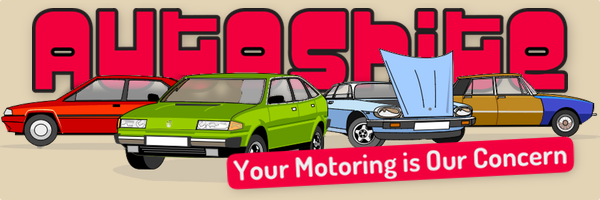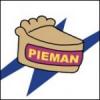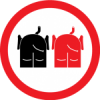Bus Shite
-
Similar Content
-
- 86 replies
- 13,960 views
-
Snow shite?
By yes oui si,
- 26 replies
- 2,911 views
-
- 134 replies
- 13,417 views
-
Abandoned shite 1 2
By JJ0063,
- 59 replies
- 8,854 views
-
- 1,553 replies
- 101,362 views
-





Recommended Posts
Create an account or sign in to comment
You need to be a member in order to leave a comment
Create an account
Sign up for a new account in our community. It's easy!
Register a new accountSign in
Already have an account? Sign in here.
Sign In Now